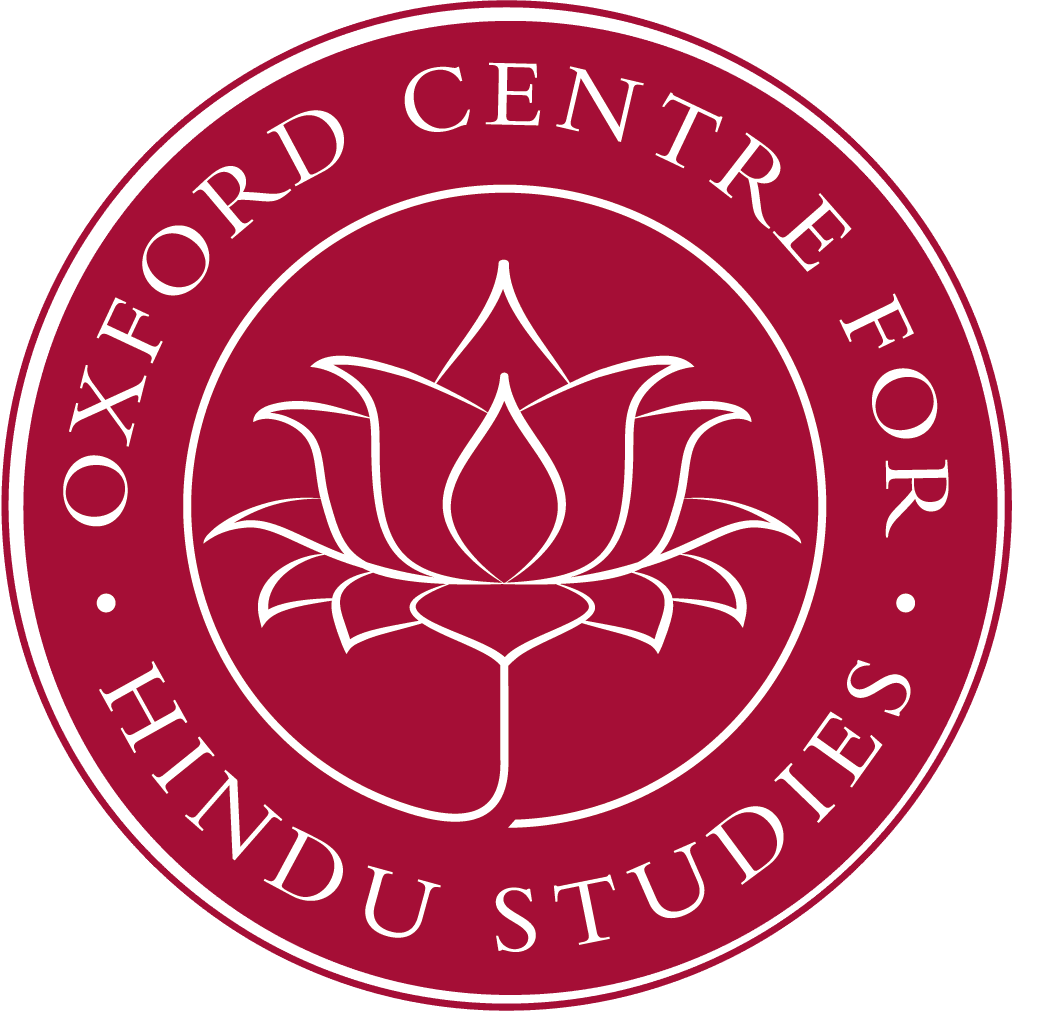Beginning with the early medieval period, this paper traces the development of Hinduism in devotional (bhakti) and tantric traditions. The paper examines the development of Śaiva, Śākta, and Vaiṣṇava traditions along with ideas about liberation, ritual, asceticism, yoga and devotion. There will be some exploration of Hinduism and Modernity and there may also be reference to major schools of Hindu philosophy such as Vedānta.
Lecture tag: Hinduism
Hinduism 2, Hindu Traditions (Paper 21) (HT13)
Beginning with the early medieval period, this paper traces the development of Hinduism in devotional (bhakti) and tantric traditions. The paper examines the development of Śaiva, Śākta, and Vaiṣṇava traditions along with ideas about liberation, ritual, asceticism, yoga and devotion. There will be some exploration of Hinduism and Modernity and there may also be reference to major schools of Hindu philosophy such as Vedānta.
Hinduism I: Themes and Textual Sources Lecture 8: Hinduism and Modernity (MT12)
This course offers a thematic and historical introduction to Hinduism for students of theology and religious studies. Focusing on the brahmanical tradition we will explore the textual sources, categories, practices and social institutions that formed that tradition. Primary texts in translation will provide the basis for reflection on issues such as dharma, renunciation, caste, and concepts of deity. We then move on to some of the major philosophical developments of the tradition, with particular emphasis on the Vedanta. The course will raise theological and cultural questions about the relation between reason and practice, person and world, and society and gender. We will conclude with a consideration of Hinduism and
Hinduism II: Hindu Traditions, Lecture Seven
These lectures will begin from where Hinduism 1 left off. We will trace the development of devotion (bhakti) and examine bhakti and yoga in the Bhagavad-gita before moving into the medieval period. Here the lectures will describe some developments of bhakti in vernacular literatures, focusing both on texts that advocate devotion to iconic forms and the later texts that advocate devotion to an absolute without qualities. Here we will also examine the importance of ritual texts and the relation between ritual, devotion, and yoga. We will then trace the themes of liberation and path with examples from selected tantric traditions within Vaisnavism and Saivism. Lastly we will examine the development of Hinduism in the nineteenth century with the Hindu reformers and the development of a politicised Hinduism in the twentieth century.
